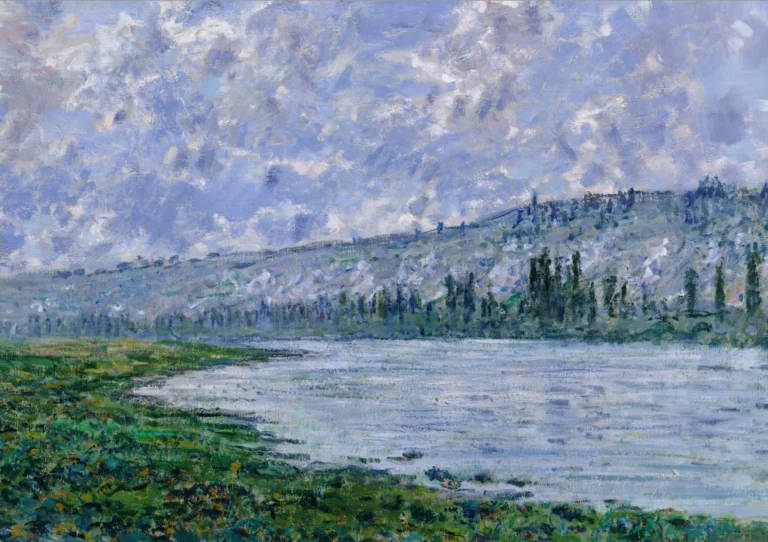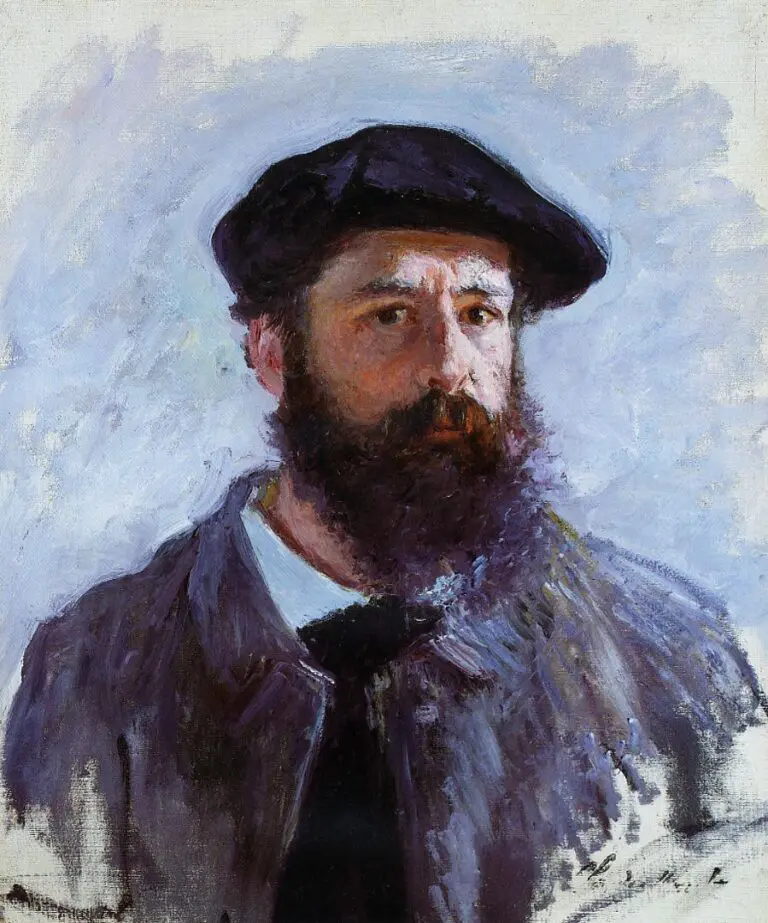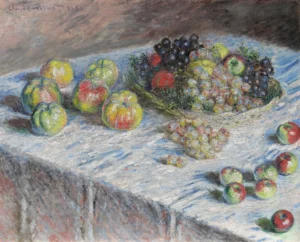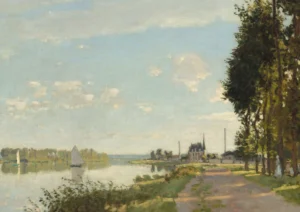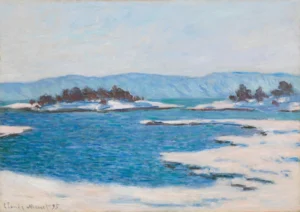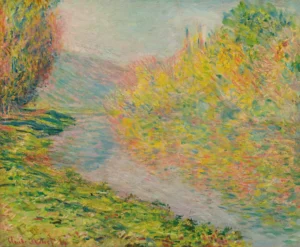The Seine at Vetheuil (1878-1880)
The artwork 'The Seine at Vétheuil' is a quintessential representation of Claude Monet's genius in capturing the ephemeral beauty of nature. Created around 1878 to 1880, this painting showcases Monet's unique approach to light and color, depicting a serene landscape along the Seine River. The works, held in esteemed collections, reflect his dedication to painting en plein air, allowing the viewer to feel the atmosphere and the vibrancy of the scene.
Late 19th Century, specifically 1878 - 1880
About the Artwork
Did You Know
Liked what you see? Add it to your collection.
Enjoyed reading? Share it.
... continued
Version at the National Gallery of Art
The version held at the National Gallery of Art, titled 'Banks of the Seine, Vétheuil,' is dated to around 1880. This painting is characterized by its loose brushwork and a horizontal landscape perspective, showing a strip of tall grass and flowers leading to the river that winds into the distance. The painting was initially owned by the artist and later passed through several collectors before being bequeathed to the National Gallery of Art by Chester Dale in 1963.
Version at MuMa Le Havre
Another version, titled 'The Seine at Vétheuil,' is housed at the MuMa Le Havre museum. This painting is dated to 1878 and depicts a small branch of the Seine downstream from the village, between the Moisson islands. It captures the golden morning light of early autumn and features Monet's characteristic vibratory brushwork. This period was marked by financial difficulties for Monet, who had moved to Vétheuil with his family and continued to paint fervently to support himself.
Version at the Portland Museum of Art
There is also a version titled 'The Seine at Vétheuil' at the Portland Museum of Art, dated circa 1880. This oil on canvas painting measures 23 x 28 3/4 inches and was gifted to the museum by Mrs. Stuart Symington in 1998.
Each of these versions highlights Monet's focus on capturing the light and atmosphere of the Seine River and its surroundings, a theme that was central to his work during the late 19th century.





